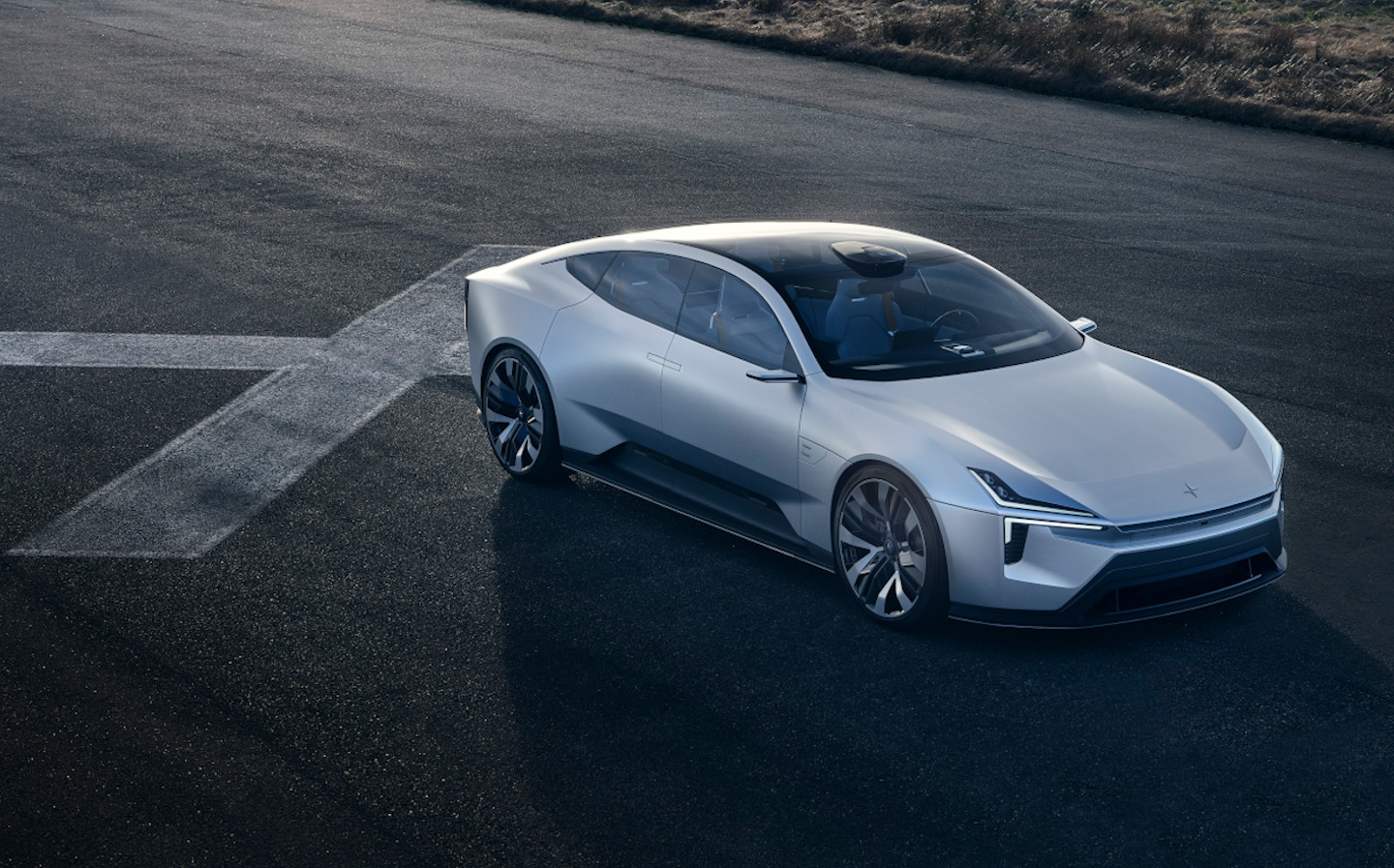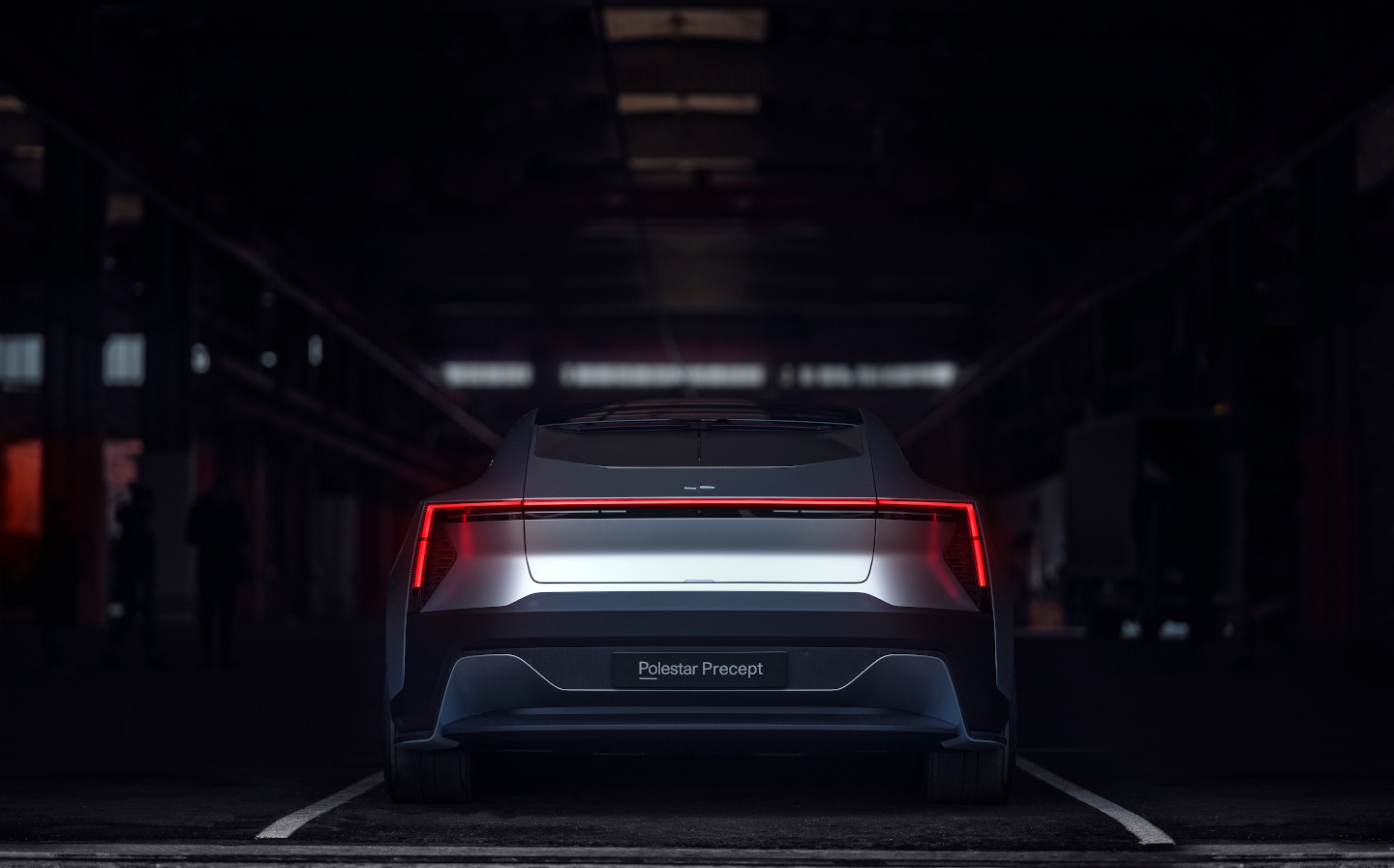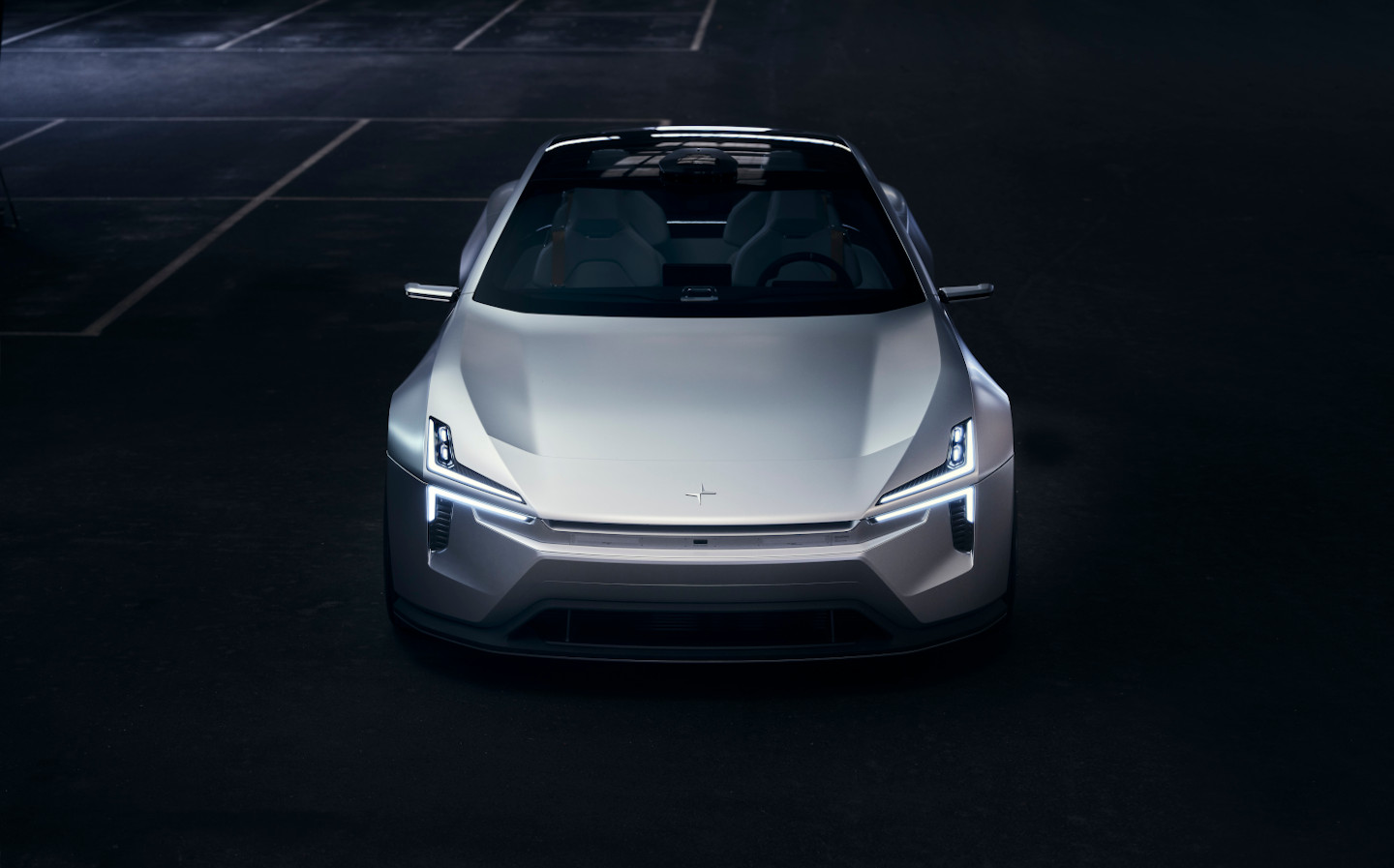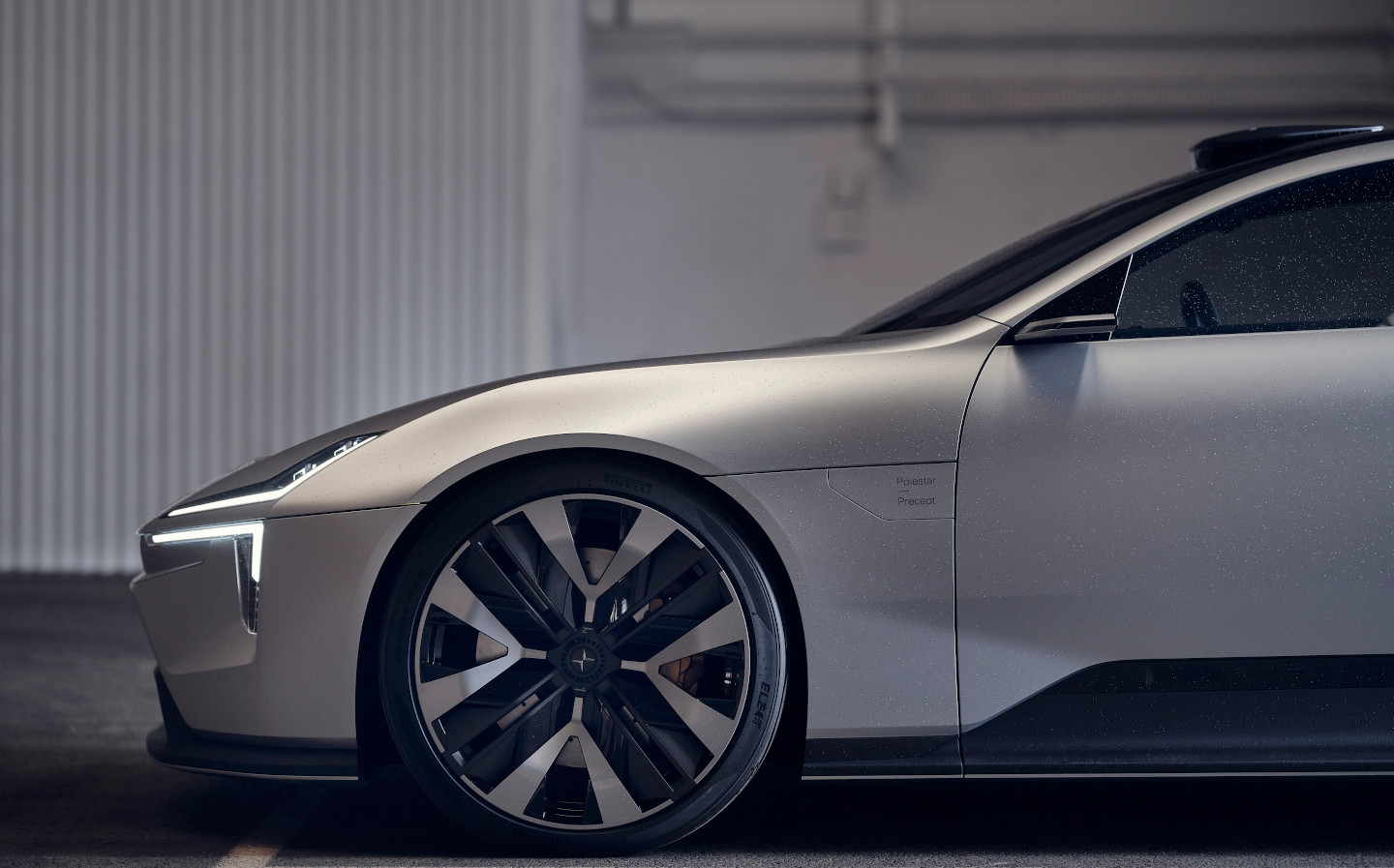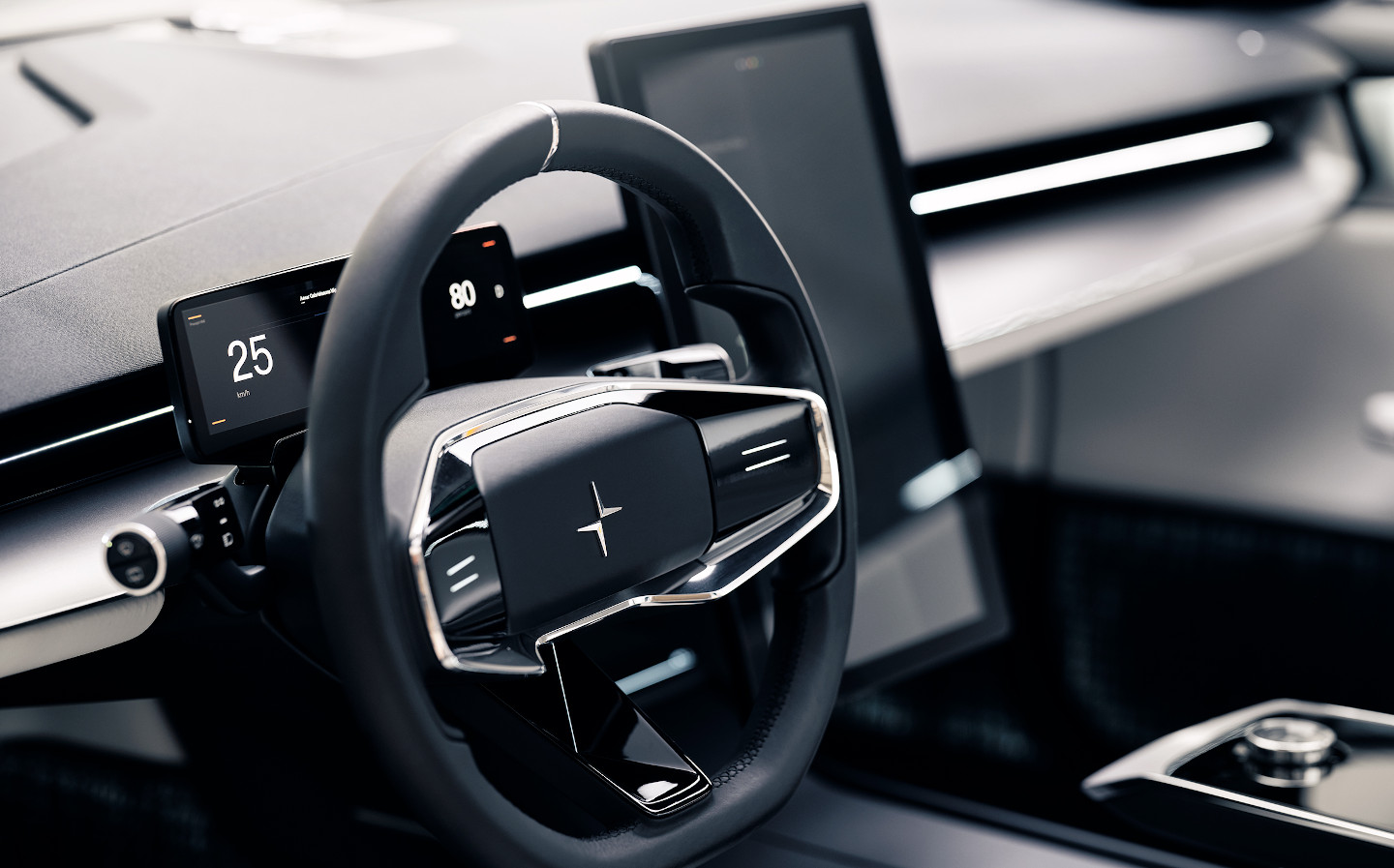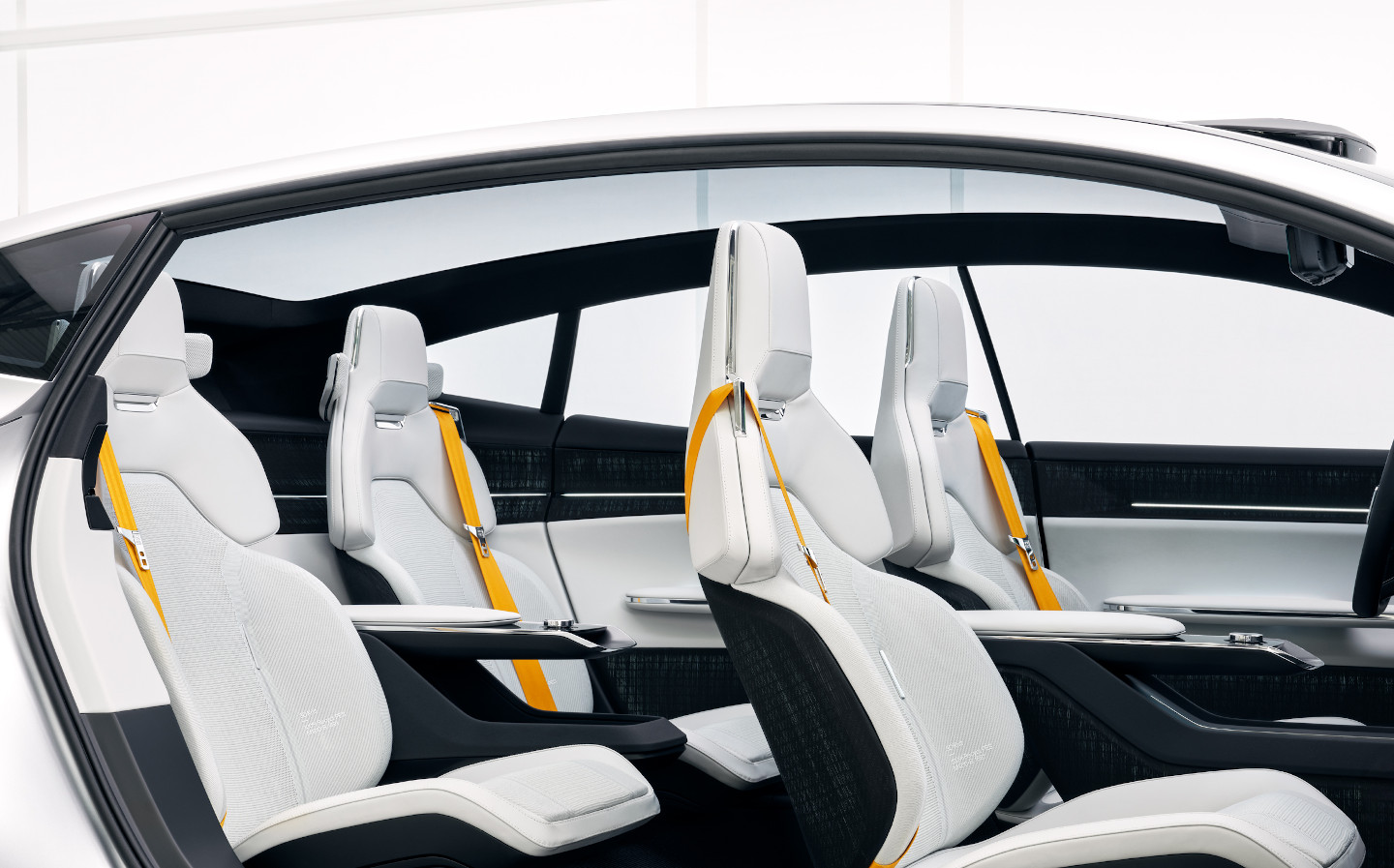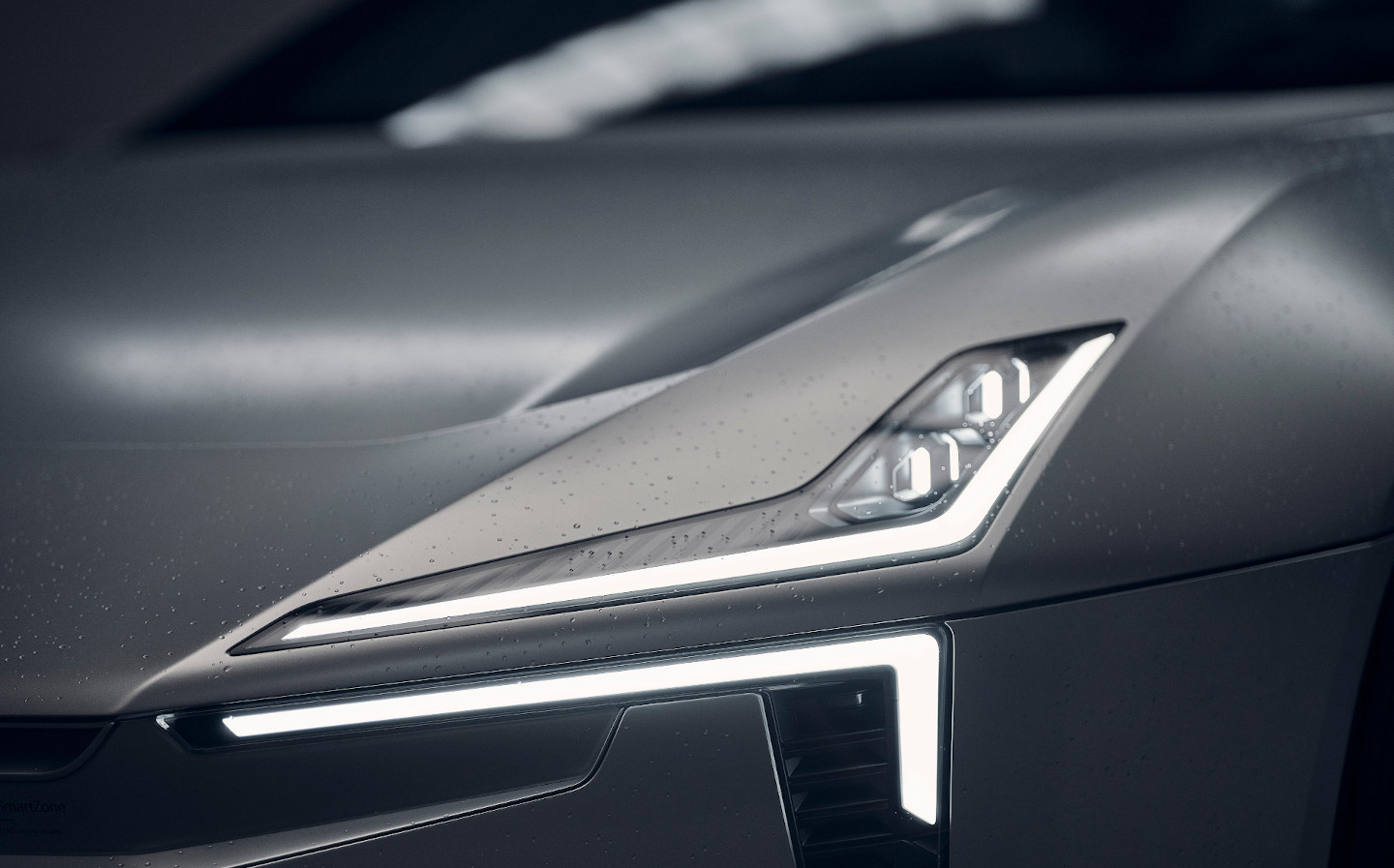Polestar reveals further details, pictures and video of the Precept concept
The Swedish company steps out from Volvo’s shadow
POLESTAR, Volvo’s premium electric car off-shoot, has unveiled further details of the Precept, a concept “from the near future” that is designed to rival the Tesla Model S and forthcoming BMW i4.
This is not the first we’ve seen of the Precept — it was due to be revealed at the 2020 Geneva Motor Show, which was one of the first motoring events to be cancelled due to the outbreak of the Covid-19 coronavirus. Polestar instead introduced the first info on the car online at the end of February.
However, we now have a better idea of the car’s design thanks to some new details, pictures and video, although we still have little idea of what the Precept will look like under the bonnet. BMW says that the i4 will have a 373-mile range and 523bhp, so Polestar has a high bar to reach.
What we do know is that the Precept will be a fully electric four-door grand tourer with a 3.1m wheelbase (the distance between the front and rear axles). The wing and rear-view mirrors are replaced by cameras, and sustainability, safety and new tech are at the core of what promises to be a new chapter for the still fledgling company, which only began deliveries of its first model — the plug-in hybrid Polestar 1 grand tourer — in the middle of last year.
Polestar is also planning to rollout its first pure-electric model, the logically-named Polestar 2, as soon as possible, though Covid-19 will be delaying progress. The Polestar 2 has a range of 275 miles on a single charge, and is available from a starting price of £49,900.
The Polestar 3, the brand’s next offering, will be another pure-electric car, though this time in the shape of an SUV. Its design will be heavily inspired by the Precept concept.
Hopefully Polestar won’t deviate from Precept too far — it’s an undeniably attractive concept, and marks a new aesthetic chapter for the company. Its debut and sophomore cars have, understandably, taken a lot of inspiration from parent company Volvo.
Sustainability is at the heart of the Polestar philosophy, and it manifests itself not only in the powertrain but in the minutiae of its cars. Like the Polestar 2, the interior of the Precept is completely vegan.
Going one step further, Polestar has worked with Bcomp, a natural fibre composite company, to integrate a natural composite material made from flax (a seed). This has resulted in an 80% reduction in plastic and a 50% reduction in interior component weight, which is welcome in an electric saloon — a genre of car that can often be rather heavy.
Another collaboration with Bcomp sees the inclusion of rigid “powerRibs” which make the car perform better in the event of impact. Polestar also claims that the inclusion of this material can reduce vibrations by 250%.
Other earth-friendly inclusions comprise headlining made from 100% recycled plastic bottles, carpets made from reclaimed fishing nets, and headrests made with cork recycled from the wine industry. In fact, so much of this car is recycled that we’re not entirely sure that it can be classified as new.
Thomas Ingenlath, CEO of Polestar, said: “The car is a response to the clear challenges our society and industry face. This is not a dream of a distant future, Polestar Precept previews future vehicles and shows how we will apply innovation to minimise our environmental impact.”
Shiny new tech includes an upgraded version of the Google Android infotainment system found in the Polestar 2 (the first such system created directly in collaboration with Google), and has the on-board capability of the Google Assistant, an Amazon Alexa-style voice-activated AI assistant.
A 15in digital interface is the focal point of the console, on which you will be able to stream videos when parked or charging, meaning that you’ll at least be able to distract yourself while charging up or waiting for your children to finish their piano lessons.
Google Maps has, for the first time, been integrated into the Polestar’s Advanced Driver Assistance System, which the car maker says allows “safer manoeuvres and more accurate predictions based on traffic conditions.” The 9in driver display is linked to eye tracking, and proximity sensors adjust what is shown on the screen based on where your hand is placed.
The design of the Precept is as carefully considered as its other features. Aerodynamics have been laboriously fettled to give the Precept a better range. This means that the front wing has been integrated into the bonnet, improving air flow, and the 22in wheels have aerodynamic inserts. The cabin has been “tapered” for the same reason.
The absence of the rear window allows the the roof to be extended to the back of the car, providing a dramatic panoramic ceiling. The traditional front grille, redundant on an electric car, has been replaced with ultrasonic and high definition gadgets that sound like they’d only be necessary in a submarine, but actually enable the Precept’s pilot assist features. A Lidar (laser-based scanning system) pod has been put on the roof to allow for more advanced semi-autonomous driving technology.
More trivial aesthetic inclusions in the press info that are nevertheless intriguing are “Welcome and farewell light sequences … inspired by astronomical events” and a diamond cut crystal between the rear headrests, housing a holographic projection of the Polestar logo. They might not have any discernible uses but it’s nice for a car to have a conversation piece.
“Precept shows you where we will be heading – our design direction, our ambitions about sustainability and the great digital user experience we will bring,” said Ingenlath. “Precept showcases our future, not as a fancy dream or something out of a sci-fi movie. This is our reality, to come.”
Tweet to @KieranAhuja Follow @KieranAhuja


